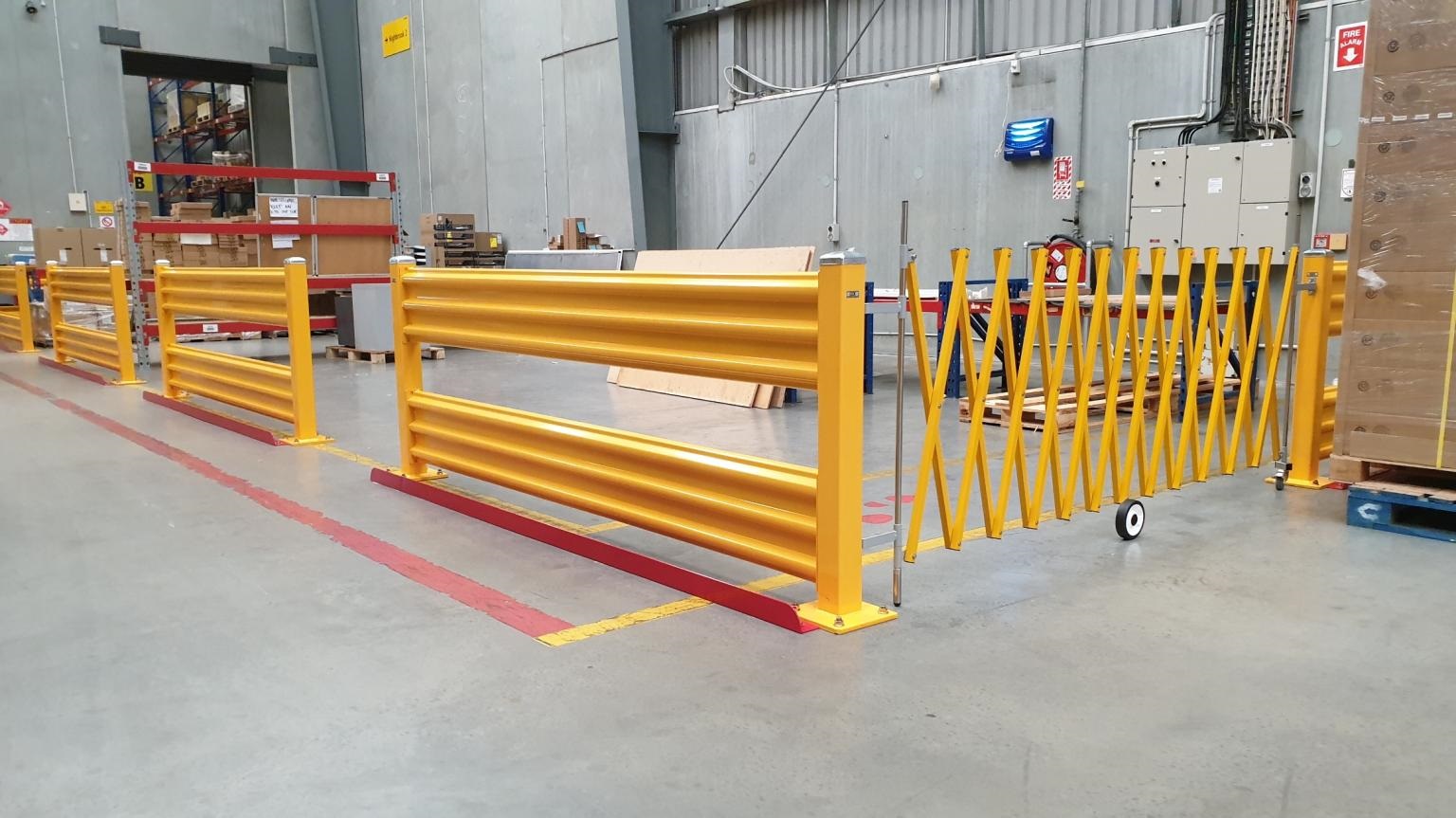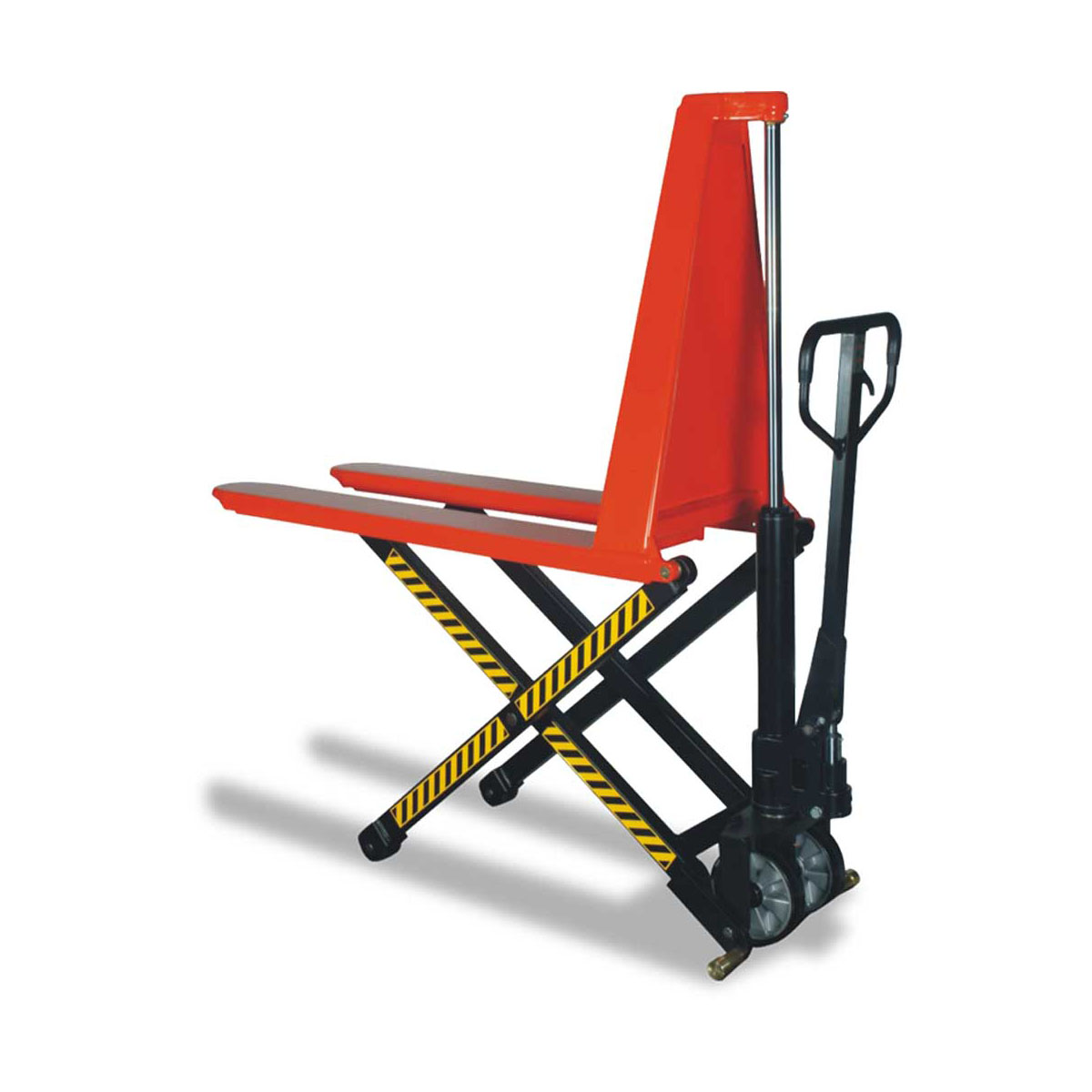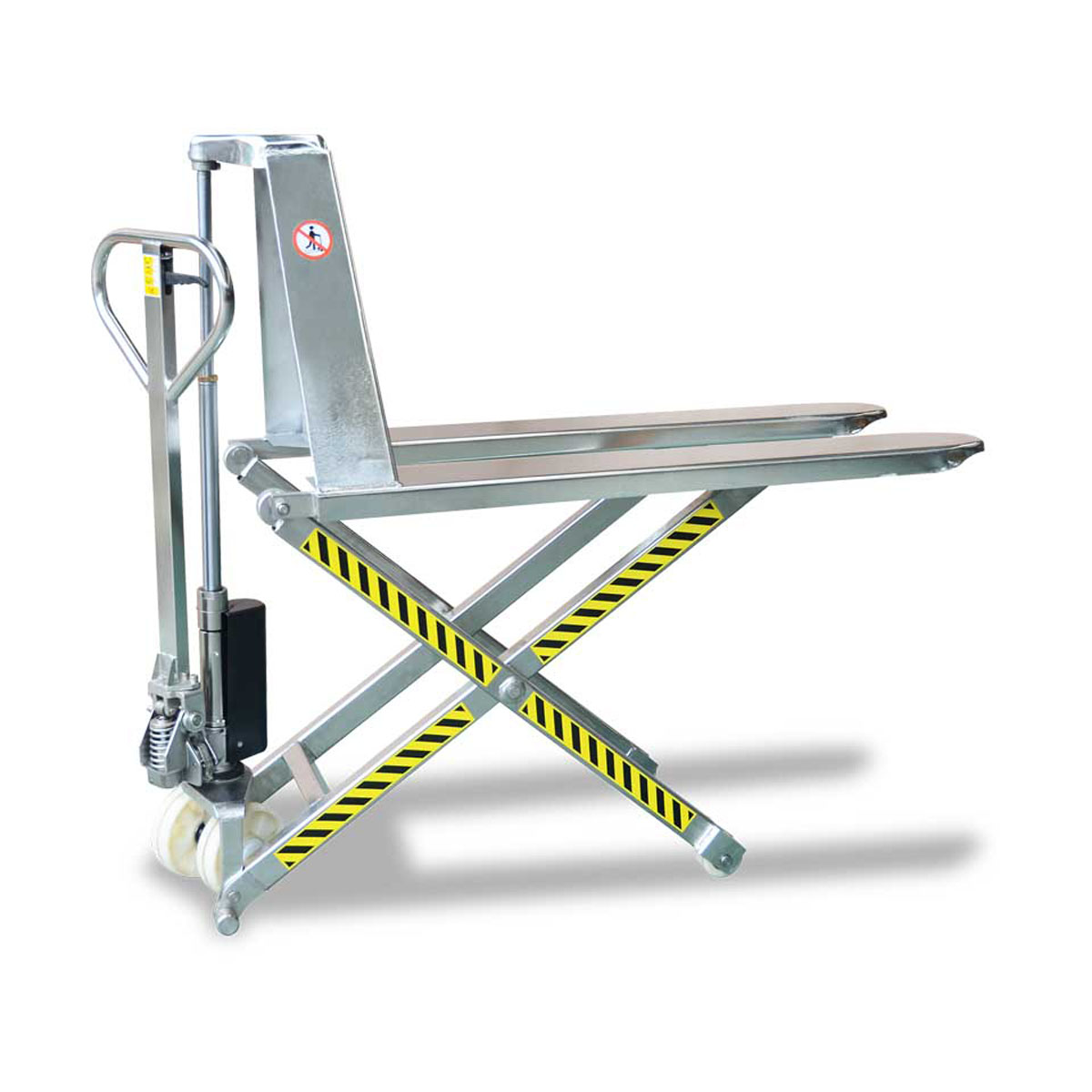Did you know that the pallet jack has been around in some form for around 100 years?

It was officially patented by George Raymond Sr and Bill House in 1939, but manual pallet jacks have existed since at least 1918 as featured in the December issue of the Popular Science magazine.
Also known as pallet trucks or pallet lifters, Pallet Jacks have been raising not only pallets but workplace productivity and safety for decades.
In this article, we’re going to look at the five main types of advanced pallet truck features and how they can increase your productivity. Each brings new potential to the table, allowing these small machines to shine in the right workspace.
The basic mechanics of a pallet truck are quite simple, but this useful machine has gained some game-changing upgrades over the last century. When you marry up the right features to your workplace needs, pallet jacks enhance your workplace productivity more than ever before.

Do I need a forklift licence to operate a pallet jack?
See this link to the Approved Code of Practice for Forklifts on WorkSafe's website for more information.
1. Electric Pallet Jacks
These are an immediate step-up from their entry-level, manual counterparts. These pallet jacks can come with a combination of electrical lifting and electrically-powered driving, dramatically reducing the physical strain on the user as they no longer are required to push or pull heavy loads manually.
Some of our electric pallet jacks also have optional handles and operator standing platforms available for worksites where operators are shifting pallets long distances or for long periods.
With lift capacities ranging from 1500kg to 4000kg, these pallet trucks can lift the equivalent of nearly 2 African Forest Elephants!
Despite a load being on wheels, pushing two elephants-worth of weight around a warehouse is still a tremendous strain on the operator.
Our fully-electric models excel here thanks to their electric lifting and electric driving. They entirely remove the physical effort required to move a load and keep your workers in top condition by reducing injuries.

2. 4-Way Pallet Jacks
Also known as “Low-profile pallet jacks,” these units are designed specifically for one job: lifting NZ Blue CHEP pallets from any side.
The NZ Blue CHEP pallets are slightly different from other pallets with the fork windows on two sides, being much smaller than the others. Standard pallet trucks can only fit through the larger of the two gaps, whereas 4-way pallet trucks have a lower minimum lift height for sliding under these smaller gaps.
These pallet jacks ensure you can lift and shift any CHEP pallet regardless of which way it’s facing.

3. Pallet jacks with scales
Pick up a pallet. Put it onto some scales. Weigh it. Pick it up again. Take it somewhere else. This tedious process can waste precious minutes during your day. These pallet jacks have scales built-in to the forks so you can pick up a load and weight it directly on the jack.
4. Special-use pallet jacks
Nothing is more frustrating than not having the right tool for the job. In cases such as the oversized dairy pallets, these pallet jacks are designed specifically for lifting pallets that are longer or wider than usual. The extra length and width provide more stability and support during transportation.
5. High-lift Pallet Trucks
Lastly, High-lift pallet trucks have the unique capability of not just lifting a pallet to move it, but lifting it up to an ergonomic working height. This pallet truck acts similarly to a mobile lift table but with forks instead of a flat table. As the forks are raised, the legs lift the wheels away from the ground to stabilize the jack.
Jack of all trades... or master of one?
Pallet jacks are an asset we use in warehouses every day.
The core purpose of pallet trucks remains unchanged - lifting and moving pallets. However, as advanced features and improvements become more readily available, pallet jacks are becoming less generic and more specialised.
In our continued drive to improve productivity and safety in our workplaces, it becomes imperative to have the right tool for the job.
Are your jacks being as effective as they could be?



















